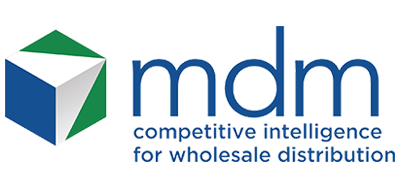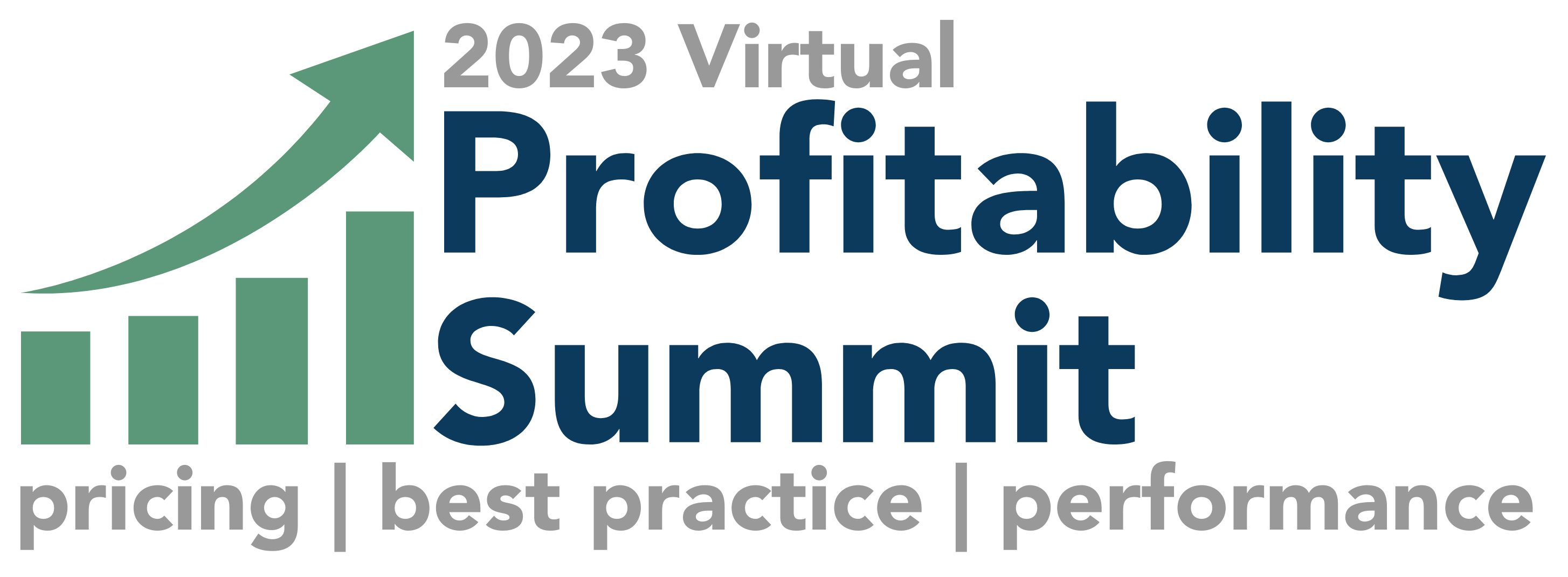Your profitability is under threat from the big three in B2B distribution: slowing demand, diminishing benefits of inflationary cost increases and climbing inventory levels in 2023.
Price and profits are moving into high-pressure territory in 2023, driven by your end customers and competition. It’s a particularly interesting time in distribution, as the new age of constant disruption contrasts with the historical economic ebbs and flows that made the actions you took as channel leaders more predictable.
In my channel experience, when you had a downturn like in 2001 and 2008, you pulled three levers at varying levels every time to maintain profitability.
1. The ‘Adjust the inventory’ lever:
In past years when the market slowed either as a manufacturer or distributor, you took steps to manage and reduce inventory levels. As a distributor, you maximized the negotiated return good authorizations (RGAs) of slow-moving C/D and stagnant items to your manufacturer partner. You reduced inventory carrying costs and optimized the inventory. As a manufacturer, you adjusted your levels and negotiated the best RGAs possible and then looked for ways to grow (usually by adding distribution or creating programs that incentivize distributors to convert their business with other manufacturers to your line).
That inventory lever still will be pulled by many channel partners, but the big curveball this time is persistent supply chain issues and record distributor backlogs (especially in high-importance categories like engineered equipment). This has made playing the traditional “move the business around” game much more dangerous and complex. For example: I want to move this select business from XYZ supplier to ABC supplier to increase my overall spend to earn the same rebates as I did in 2023, BUT I have $400,000 in equipment order backlog with XYZ supplier. Will they support me on the backlog if I move business from them? That may not be as easy as expected.
2. The ‘Adjust the pricing lever’ and take less profit dollars in order to maintain share + Reduce headcount and take cost out of the business:
In the past, this was much more straightforward because you could find good people with experience when the market came back. Is that the case today? Probably not.
The B2B distribution business with manufacturers, reps and distributors is short-staffed everywhere, and when the market swings back after slowing, are there going to be any talented and experienced people left to hire to gain the share you probably lost during the slowdown?
The sales and GM$ contribution per employee numbers for many distributors and manufacturers have been at record highs the past 2-3 years. Once you hit a new sales and profit per employee, the CEO and CFO never want to go in reverse. Can you cut your way to last year’s profitability numbers or percentage if business gets slower, and not actually cut a vital artery this time?
3. The ‘Get more efficient with automation and use data to find opportunities lever’:
I call this approach plugging holes in your current profit bucket. For example: using data to segment your customers and products to maximize purchase and sell prices. Automating former human tasks like order entry to direct from client to ERP automated order entry (EDI, digital, quotes uploaded from emails, etc.). Every year the ability to automate non-selling tasks gets easier and easier.
What are the best practices for customer-specific price and special pricing agreement analysis and programs? Where can you grow share for both the distributor and the manufacturer at the account level? The days of talking about win-win programs without data are starting to be distant memories for the leading companies in the channel.
Yes, I know you can still win without automating or beefing up your data analytics. Many companies have incredibly experienced staffs who can use limited data and “gut feel” their way to success because they have very experienced leaders. But if you are looking around your leadership room and everyone on the team is getting regular emails from AARP, how long can that limited data analytics culture last?
The upcoming MDM Virtual Profitability Summit will take a deep dive into these three levers and actions that you can make to maintain margin that profitability teams often take during economic slowdown periods. We will share best practices and case studies from the best and brightest minds in the business. I should mention, that Profitability Summit is FREE TO ATTEND.
The MDM Profitability Summit is packed with case studies, best practices and presentations from expert speakers, distributors and manufacturers that will deliver actionable playbooks and programs that you can implement inside your business to help make 2023 as profitable as possible.
One of my mentors in distribution, Mark Sommers, once shared this analogy with me that I have never forgotten: “Distribution profit management is like a balloon. When you work on improving one area and put your finger into the balloon, it will often just make the balloon bigger somewhere else.”
I think that is a good analogy of why having your purchasing, inventory, pricing and sales all working together is critical to driving top-line sales and profit growth. It’s easy to just raise prices and get more profit dollars per order short term but it does cause other problems. I’ve been on distributor teams where we did just that to make the numbers, but we knew we were going to have deal with a future crash. It usually takes six months for the end customers and the market to catch on to poorly-executed price increases before top-line sales suffer. When you cause a crash to top-line sales growth with poor tactics, it takes way longer than siux months to recover.
My recommendation is to learn as much as you can about others’ proven best practices and then use that knowledge to develop the right profit recipe for your B2B business. I hope to see you at the MDM Profitability Summit. It’s a great place to see what recipes others are using to be successful today.
As always, we would love to get your feedback, so please feel free to comment below or reach out to me at john.gunderson@dorngroup.com




